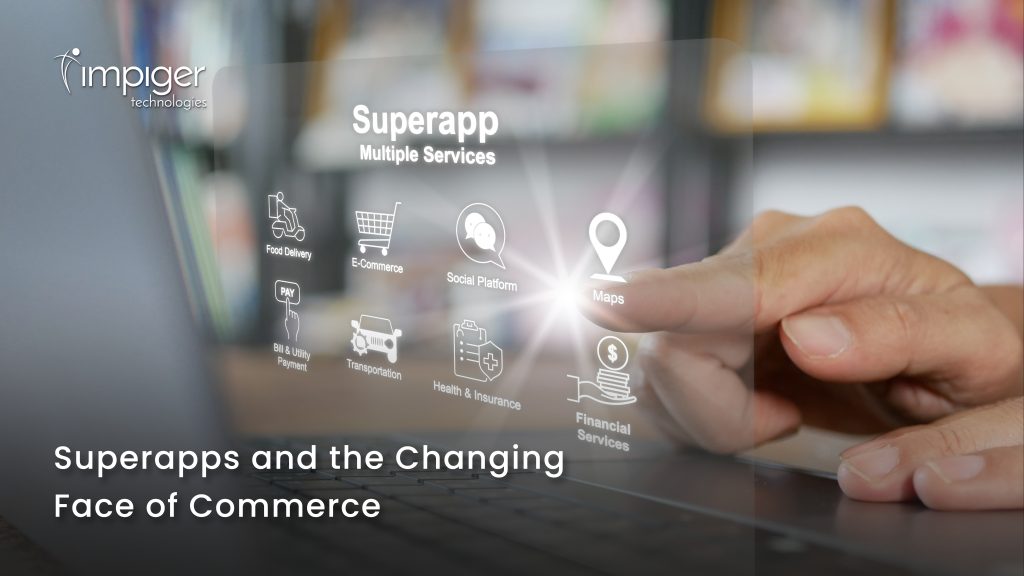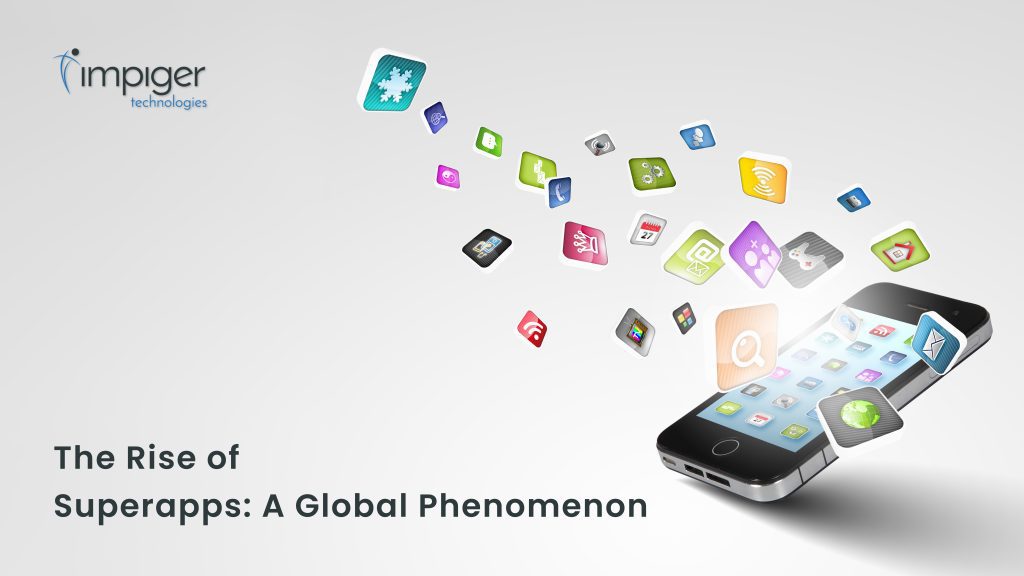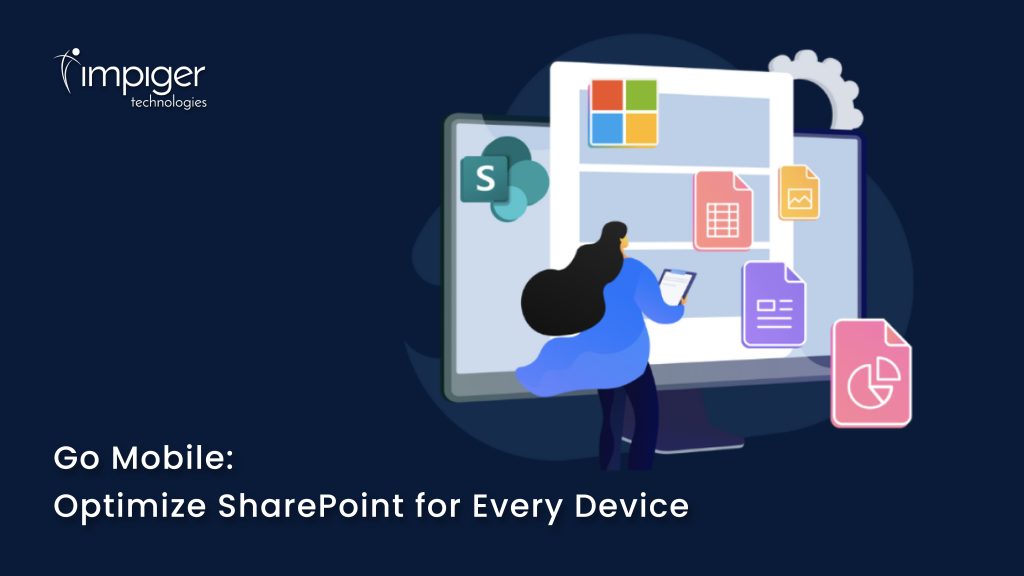When we think of chatbots in e-commerce, what usually comes to mind are their roles in customer service, order tracking, and personalized shopping experiences. However, chatbots are far more versatile than just handling common tasks. As AI technology evolves, chatbots are being leveraged in surprising and innovative ways that go beyond the usual applications. Let’s explore how these digital assistants are pushing the boundaries in e-commerce and online shopping.
1. Virtual Personal Shoppers with Advanced Style Matching
While many chatbots assist customers by suggesting products based on previous purchases, a new breed of AI-powered chatbots is taking it a step further by functioning as highly advanced personal stylists. These chatbots don’t just recommend products; they analyze a customer’s unique style, body type, and even their social media presence to offer tailor-made shopping advice. In some cases, these chatbots can even predict future fashion trends based on a customer’s style history, ensuring that shoppers are always ahead of the curve.
2. Emotional AI: Sensing Customer Sentiments in Real-Time
Imagine a chatbot that can not only understand what you’re saying but also how you’re feeling. Emotional AI is an emerging technology that allows chatbots to detect a customer’s mood based on their language, tone, and even the speed of typing. For instance, if a customer is frustrated, the chatbot can recognize this and switch to a more supportive and calming tone, or escalate the conversation to a human agent if needed. This creates a more human-like interaction that significantly enhances customer satisfaction.
3. Immersive Shopping Experiences with AR Integration
One of the most exciting advancements is the integration of chatbots with Augmented Reality (AR) to create immersive shopping experiences. Customers can interact with chatbots to receive AR-based recommendations that allow them to visualize products in their real-world environment before making a purchase. For example, a furniture store’s chatbot can show customers how a sofa would look in their living room through their smartphone camera, or a makeup brand’s chatbot can let customers virtually try on different shades of lipstick. This blending of AI and AR creates an engaging and interactive shopping experience that goes beyond the capabilities of traditional online shopping.
4. Dynamic Pricing and Real-Time Bargaining
Dynamic pricing isn’t a new concept, but chatbots are bringing a new twist to it by offering real-time bargaining opportunities. Some e-commerce platforms are now using chatbots that can negotiate prices with customers, providing a personalized discount based on the shopper’s behavior, purchase history, and even their interactions with the chatbot. These chatbots can analyze market trends, competitor pricing, and the customer’s likelihood to purchase at a certain price point. If a customer hesitates at checkout, the chatbot might offer an instant discount or a special promotion to seal the deal, creating a more dynamic and engaging shopping experience.
5. Chatbots as Ethical Shopping Assistants
With increasing awareness around sustainability and ethical consumption, some chatbots are now designed to help customers make more responsible purchasing decisions. These chatbots provide information about the environmental and ethical impact of the products customers are interested in, guiding them towards more sustainable choices. For instance, a chatbot might inform a customer that a particular item is made from recycled materials or that the brand practices fair trade. This feature not only enhances the shopping experience but also aligns with the values of environmentally conscious consumers, helping brands build a loyal customer base.
6. Hyper-Personalized Shopping Journeys Through AI-Driven Personas
Beyond simple personalization, some chatbots are using AI to create detailed customer personas that drive hyper-personalized shopping experiences. These personas are built from vast amounts of data, including a customer’s shopping behavior, social media activity, and even their interactions with other brands. With this level of personalization, chatbots can offer recommendations and experiences that are incredibly specific, such as suggesting outfits for an upcoming event based on the customer’s calendar or recommending books based on their reading habits and favorite genres. This takes the shopping experience to a new level of relevance and convenience.
Final Thoughts: The Future of Chatbots in E-commerce
Chatbots are no longer just a convenience; they are transforming e-commerce in ways that were unimaginable just a few years ago. From emotional AI and AR integration to real-time bargaining and ethical shopping assistance, these innovations are redefining the online shopping experience. As technology continues to evolve, we can expect chatbots to become even more integral to e-commerce, offering experiences that are not only personalized but also deeply engaging and impactful.











